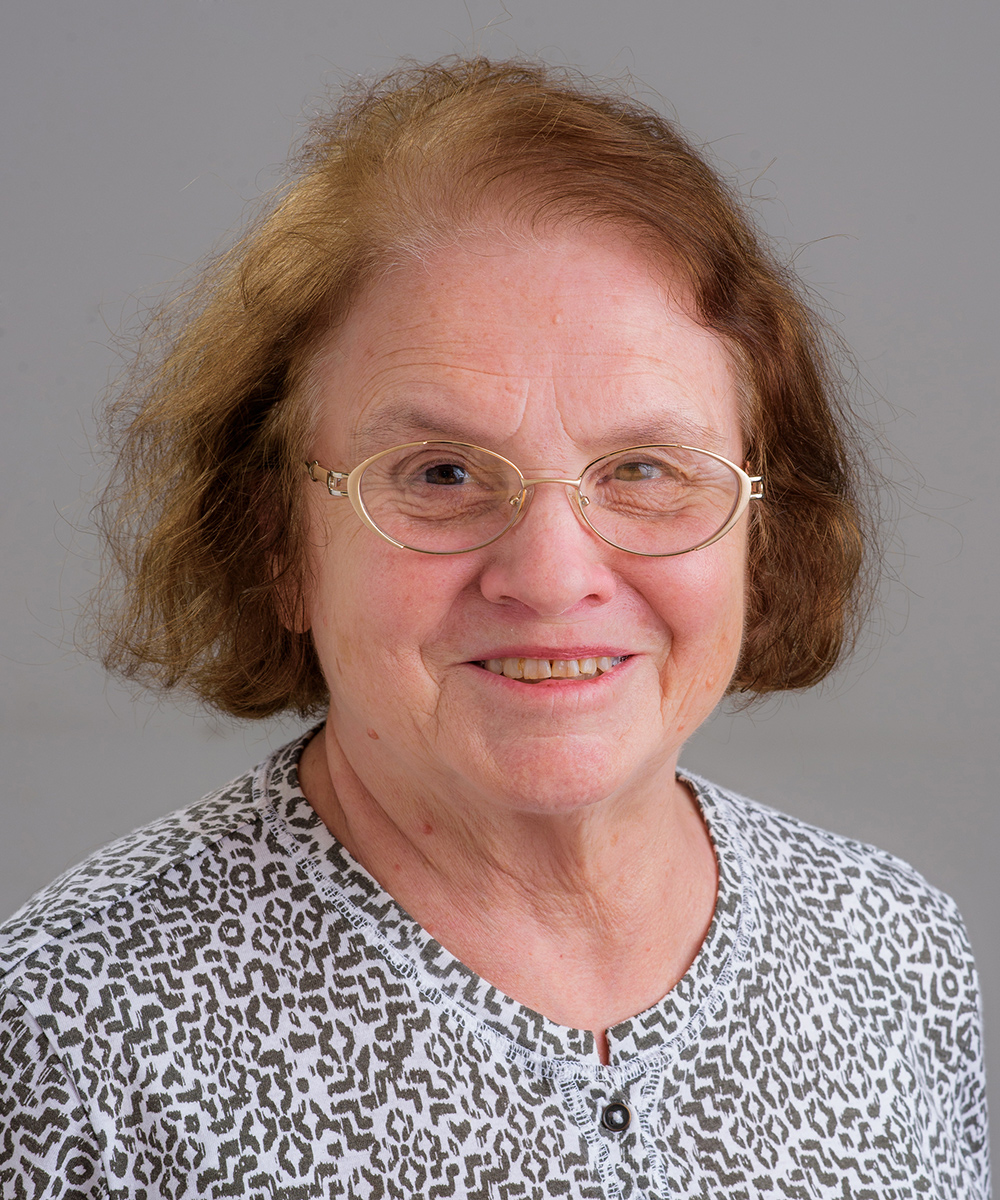Profile
Regulation of immune response; autoimmune disease; cellular immunology
Research in the laboratory of Dr. Braley-Mullen is directed towards understanding the mechanisms involved in induction and regulation of autoimmune disease. For these studies, a spontaneous model of autoimmune thyroiditis (SAT) is used in which NOD.H-2hr mice all develop autoimmune thyroiditis when given sodium iodide in their drinking water. All female mice also develop salivary gland infiltration and can therefore be used to study mechanisms involved in development of Sjogren’s syndrome. The first 3 citations below provide good descriptions of the current research.
Academic Information
Research Interests
- Cellular Immunology
Education & Training
Post-Graduate School
1971, PhD, Purdue University
Publications
- Voynova, E., Mahmoud, T., Woods, L. T., Weisman, G. A., Ettinger, R. and H. Braley-Mullen. Requirement for CD40/CD40L interactions for development of autoimmunity is dependent on specific checkpoint and costimulatory pathways. Immunohorizons 2 (1), 54-66, 2018.
- Ellis, J. S. and H. Braley-Mullen. 2017. Mechanisms by which B cells and regulatory T cells influence development of murine organ-specific autoimmune diseases. J. Clin. Med. 6 (2). Review. PMID: 28134752.
- Mahmoud, T. L. et al. 2016. Autoimmune manifestations in aged mice arise from early life immune dysregulation. Sci. Transl. Med. 8: (361): 361ra137. PMID: 27798262.
- Kayes, T.D., Weisman, G. A., Camden, J. M., Woods, L. T., C. Bredehoeft, E. Downey, J. Cole and H.Braley-Mullen.2016, New murine model of early onset autoimmune thyroid disease/hypothyroidism and autoimmune exocrinopathy of the salivary gland. Journal of Immunology 197 (6): 2119-30. PMID: 27521344.
- Ciornei, R. T., Hong, S., Fang, Y., Zhu, Z. and H. Braley-Mullen. 2016. Mechanisms and kinetics of proliferation and fibrosis in a mouse model of thyrocyte hyperplasia. Cellular Immunology 194/195, 16-26, 2016. PMID: 27173733.
- Braley-Mullen, H. and S. Yu.2015. NOD.H-2h4 mice: an important and underutilized model of autoimmune thyroiditis and Sjogren’s syndrome. Advances in Immunology 126: 1-43.
- Ellis, J.S. and H. Braley-Mullen.2014. Regulatory T cells in B-cell deficient and wild-type mice differ functionally and in expression of cell surface markers. Immunology 144: 598-610. PMID 25318356.
- Hong, S.H. and H. Braley-Mullen. 2014. Follicular B cells in thyroids of mice with spontaneous autoimmune thyroiditis contribute to disease pathogenesis and are targets of anti-CD20 therapy. J. Immunol.192: 897-905.
- Kayes, T., Fang, Y., Yu, S., Downey, E., Wang, S. and H. Braley-Mullen. 2013. Anti-CD40 induces thyrocyte proliferation and promotes thyroid autoimmunity by increasing CD40 expression on thyroid epithelial cells. J. Immunol. 190: 3928-3938. PMID: 24135055.
- Ellis, J, Wan, X. and H. Braley-Mullen. 2013. Transient depletion of CD4+CD25+ regulatory T cells results in multiple autoimmune diseases in wild type and B cell-deficient NOD mice. Immunology 139: 179-186.
- Yu, S., Ellis, J. S., Dunn, R., Kehry, M. and Braley-Mullen, H.2012. Transient depletion of B cells in young mice results in activation of regulatory T cells that inhibit development of autoimmune disease in adults. Int. Immunol. 24: 233-242.


